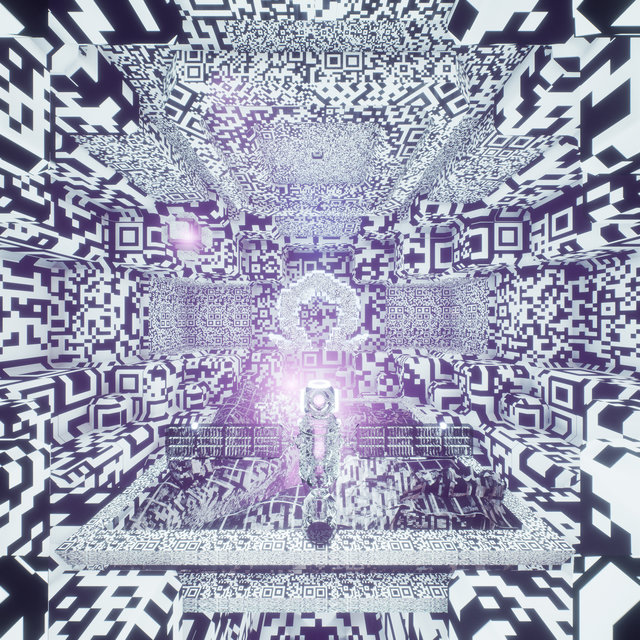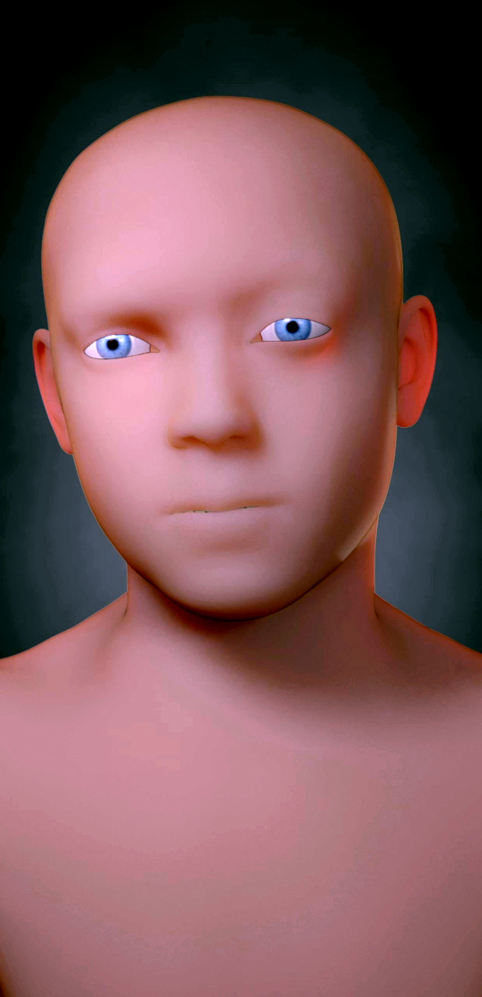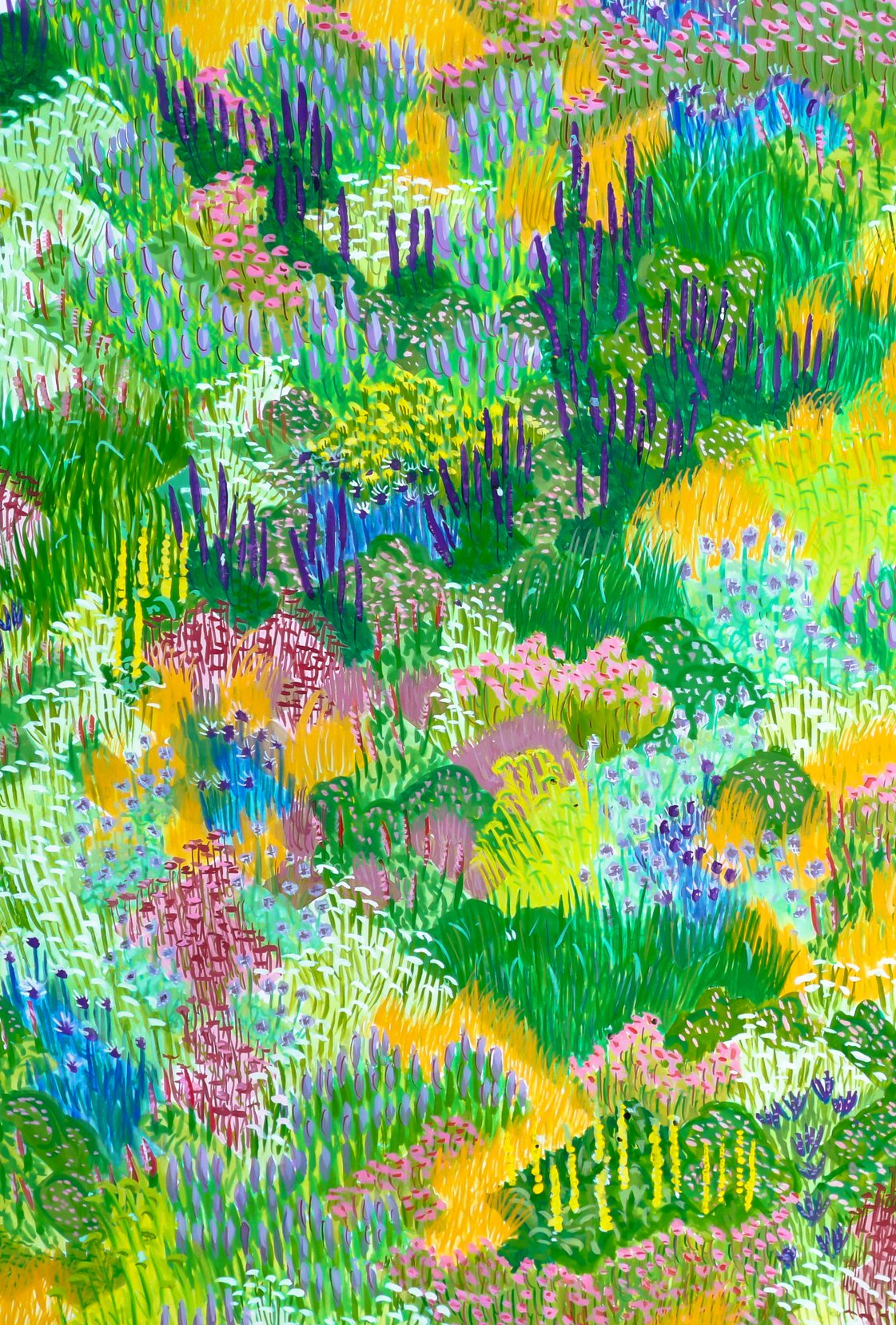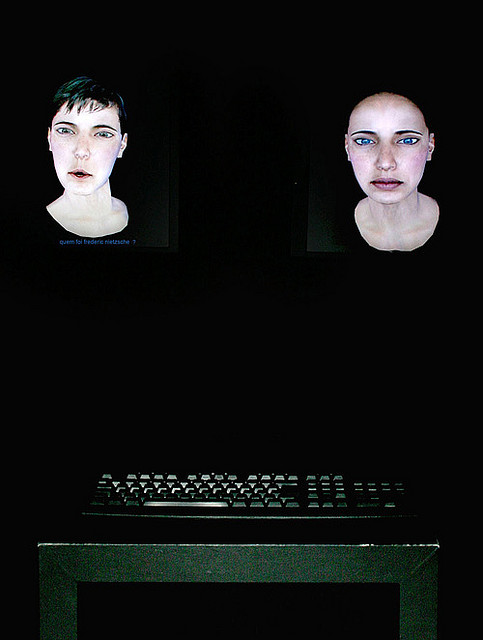
RAFFAELLO D’ ANDREA AND MAX DEAN
The Robotic Chair
The Robotic Chair is a generic-looking wooden chair with the capacity to fall apart and put itself back together. With shuddering force, the chair collapses to the floor. With persistence and determination, it proceeds to seek out its parts and upright itself. Powered by MICROMO coreless dc motors, The Robotic Chair is distinguished in the world of objects for its capacity to elicit empathy, compassion and hope.









